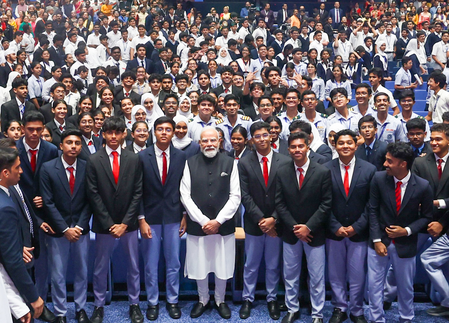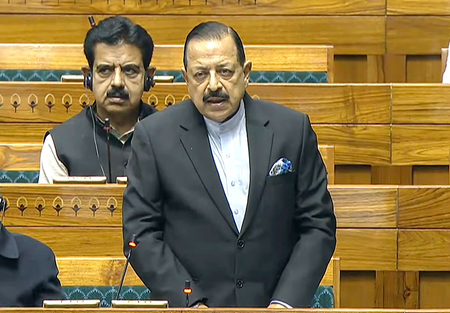
New Delhi, Jan 10 (IANS) High tariffs on smartphone components can make India a less competitive destination, making it difficult for companies to join global value chains (GVCs) and simultaneously discourage GVCs from shifting large-scale production to the country, a report showed on Wednesday.
Unless India can match China and Vietnam’s competitive tariff regime in addition to other factors which impact competitiveness, export growth will also start seeing a slowdown beyond the current fiscal, revealed the seven-country report by the India Cellular and Electronics Association (ICEA), the nation’s top electronics manufacturing industry body.
The data showed that India’s smartphone input tariffs are highest among the competing manufacturing destinations.
“To achieve this target of high export, India needs more than just ambition; it requires a tangible shift of global value chains, bringing major production lines to India and integrating our businesses into the international supply web,” said Pankaj Mohindroo, Chairman, ICEA.
India has an immense opportunity to increase its competitiveness and large-scale manufacturing to address the global market and integrate into GVC “by making our tariffs competitive vis-a-vis competing nations,” he added.
India’s smartphone manufacturing has been transformed from 78 per cent import dependency in revenue terms in 2014-15 to only 4 per cent in 2022-23.
Now, 99.2 per cent of mobile phones sold in India are made in the country. Exports have become the main driver of future growth and job creation.
India’s smartphone exports jumped 100 per cent in FY 2022-23 to $11.1 billion over the previous fiscal.
The industry expects exports of $15 billion in FY 2024. Exports will form 30 per cent of the total production of $49-50 billion in current fiscal.
However, India’s simple average most-favoured nation (MFN) tariff for inputs is 8.5 per cent, higher than China’s 3.7 per cent. In practice, China’s tariffs are closer to zero because most mobile production takes place in ‘Bonded zones’ where all inputs are at zero tariffs, said the report.
Nearly 80 per cent of Vietnam’s imported inputs are from countries with whom it has FTAs. Hereto, FTA weighted average tariff comparison between India and Vietnam shows that India’s simple average is at 6.8 per cent vis-a-vis Vietnam’s at 0.7 per cent.
The highest tariffs for both China and Vietnam are 10 per cent maximum. By contrast, India has many more tariff lines, in addition to higher tariffs.
“Unless India can match China and Vietnam’s competitive tariff regime in addition to other factors which impact competitiveness, export growth will also start seeing a slowdown beyond the current fiscal,” the report cautioned.
Higher tariffs of India result in an overall loss of competitiveness of about 6-7 per cent compared to Vietnam and China.
The results also indicate that the price rise due to India’s high tariffs on inputs perpetuate imports, contrary to policy objectives of building a local ecosystem and increasing domestic value addition.
“To seize the opportunity, India should address tariff competitiveness. This is vital to unlock our potential in global electronics manufacturing and trade and integrating India to GVCs,” said Mohindroo.
–IANS
na/rad




